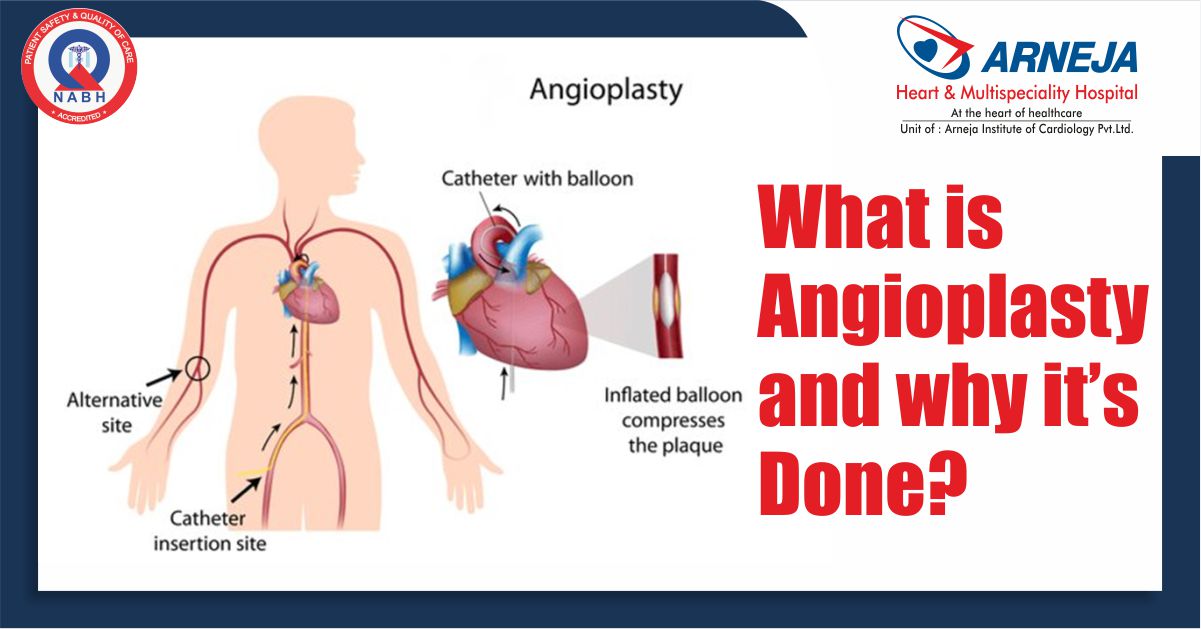What is angioplasty?
Angioplasty is a procedure used to open blocked coronary arteries caused by coronary artery disease. It reestablishes blood stream to the heart muscle without open-heart surgery. Angioplasty should be possible in an emergency setting, for example, a respiratory failure/heart attack. Or then again it tends to be performed as elective medical procedure in the event that your medical care supplier strongly suspects you have heart disease. Angioplasty is additionally called percutaneous coronary intervention (PCI).
For angioplasty, a long, flimsy cylinder (catheter) is placed into a vein and directed to the blocked coronary artery. The catheter has a little balloon at its tip. When the catheter is set up, the inflatable is expanded at the limited region of the heart vein. This presses the plaque or blood clump against the sides of the vein, setting aside more space for blood stream.
Why it’s done
Angioplasty is utilized to treat the development of fatty plaques in the heart’s blood vessels. This development is a kind of coronary illness known as atherosclerosis.
Angioplasty might be a treatment choice for you if:
- You have attempted prescriptions or way of life changes however these have not improved your heart health.
- You have chest pain (angina) that is declining.
- You have a heart attack. Angioplasty can quickly open a blocked artery, reducing damage to your heart.
Risks
In spite of the fact that angioplasty is a less invasive method to open blocked arteries than bypass surgery is, the procedure still carries few risks.
The most well-known angioplasty risks include:
- Re-narrowing of your artery – At the point when angioplasty is joined with drug-eluting stent arrangement, there’s a little risk the treated artery will become blocked once more. The danger of re-narrowing of the artery is higher when uncovered metal stents are used.
- Blood clots – Blood clots can form inside stents even after the procedure. These clots can close the artery, causing a respiratory failure/heart attack. It’s essential to take aspirin in mix with clopidogrel (Plavix), prasugrel (Effient) or another medication that diminishes the danger of blood clots precisely as recommended to diminish the chance of clots forming in your stent.
Talk to your doctor about how long you’ll need to take these medications. Take constantly these drugs without examining it with your doctor.
Bleeding – You might have bleeding in your leg or arm where a catheter was inserted. Generally this essentially brings about an injury, yet at times genuine bleeding happens and may require a blood transfusion or surgeries.
To keep your heart healthy after angioplasty, you should:
- Quit smoking
- Lower your cholesterol levels
- Eat a healthy diet that is low in saturated fat
- Maintain a healthy weight
- Control other conditions, such as diabetes and high blood pressure
- Do regular exercise
- Take medications as prescribed by your doctor
Successful angioplasty likewise implies you probably won’t need to go through coronary artery bypass surgery, a medical procedure, a more invasive procedure that requires a more extended recovery time.

